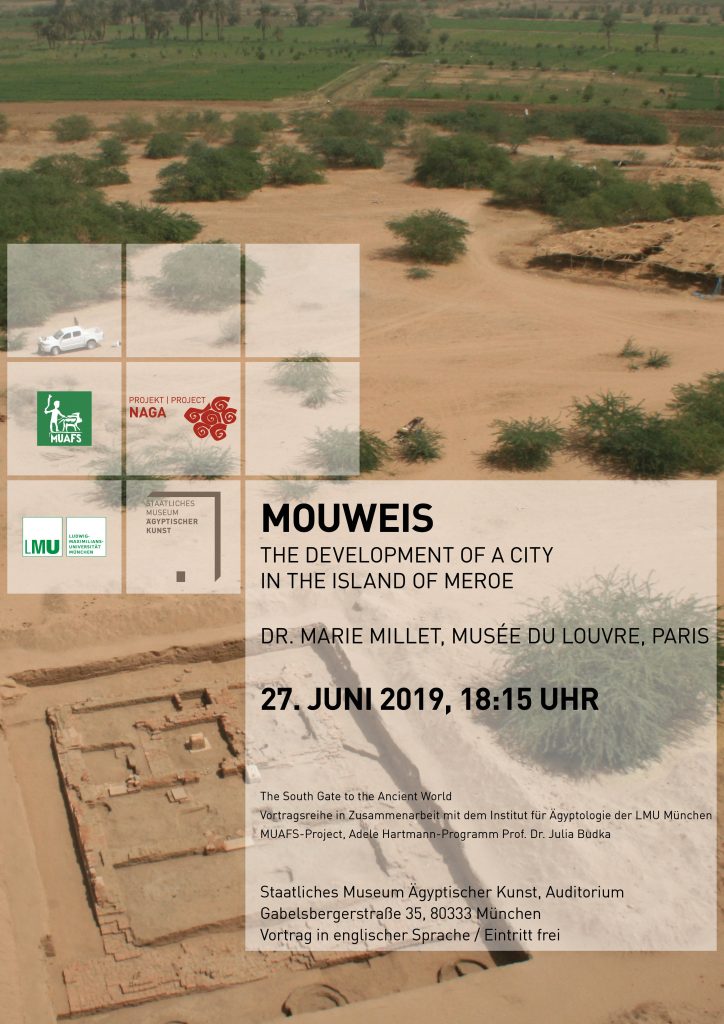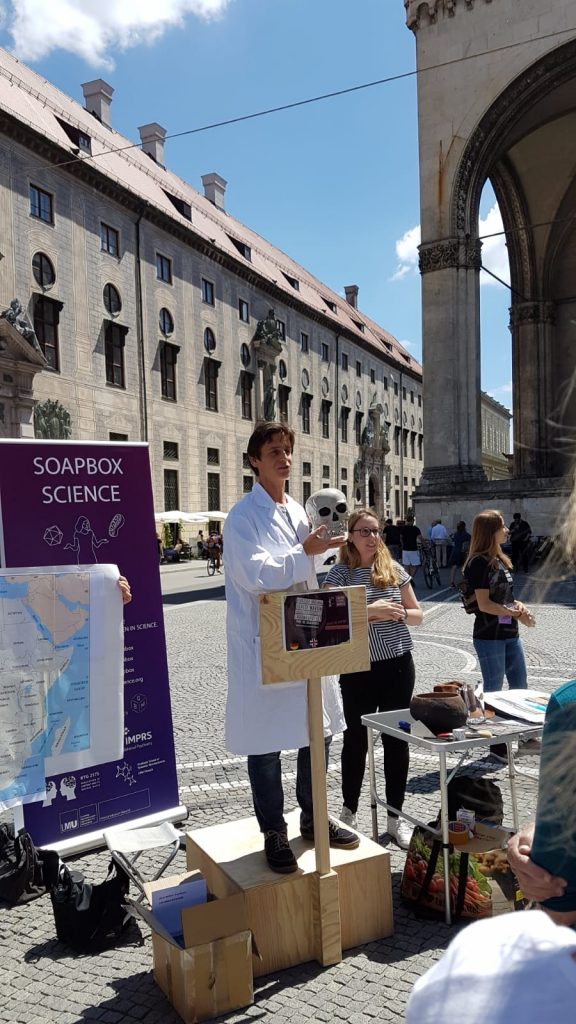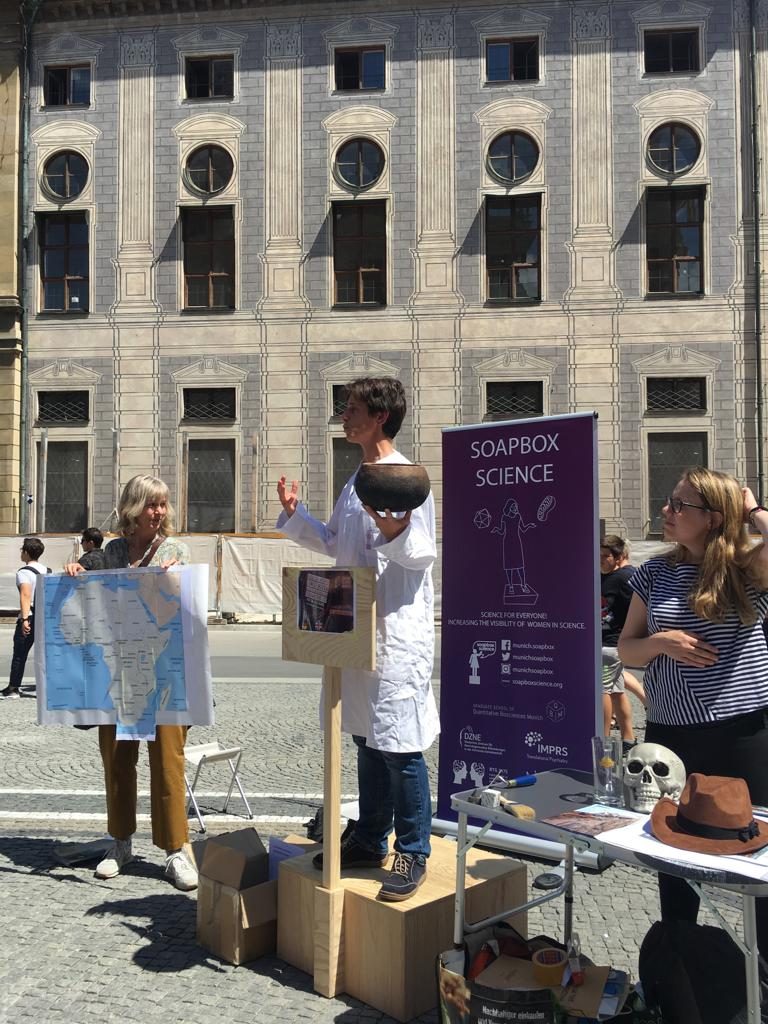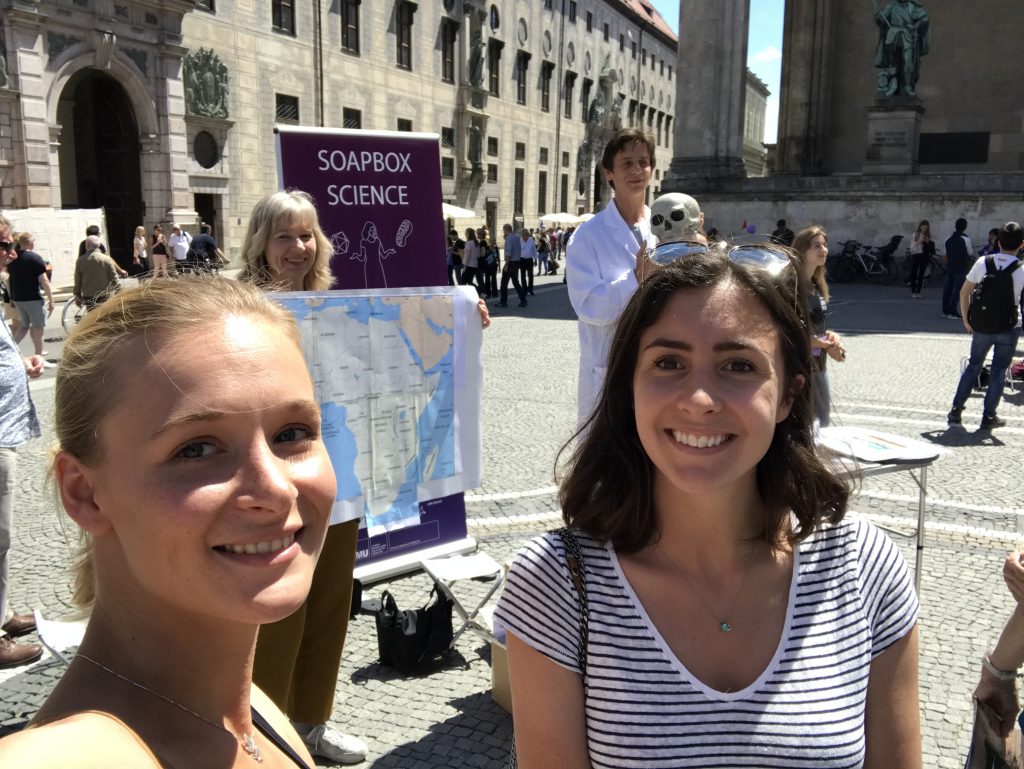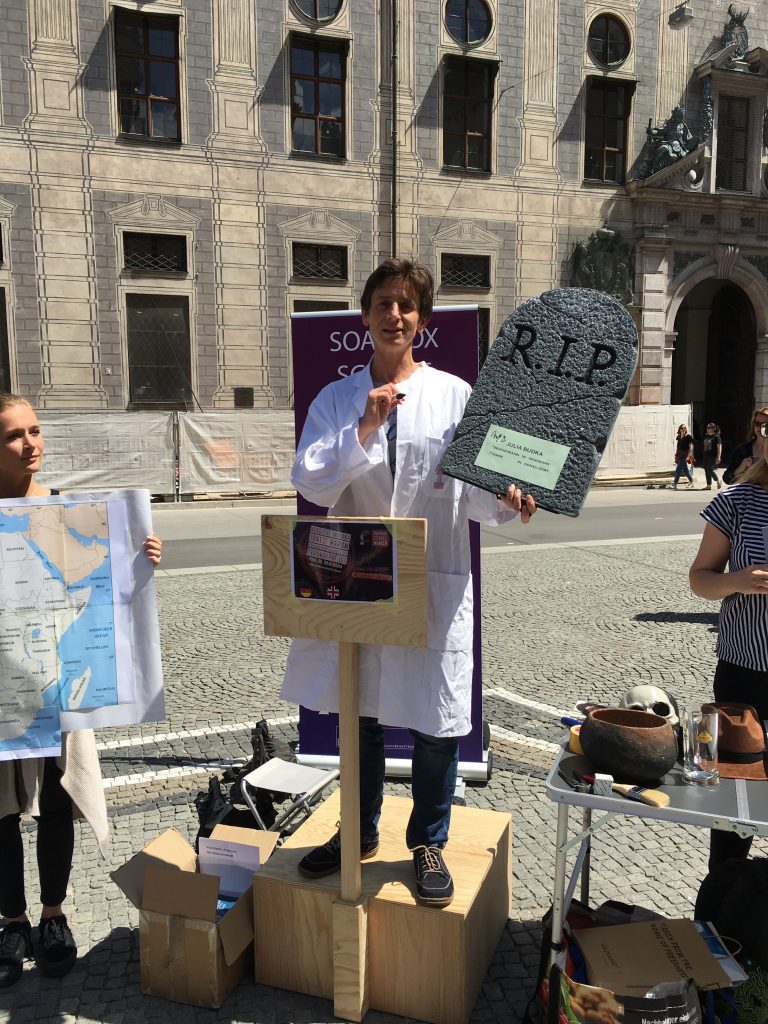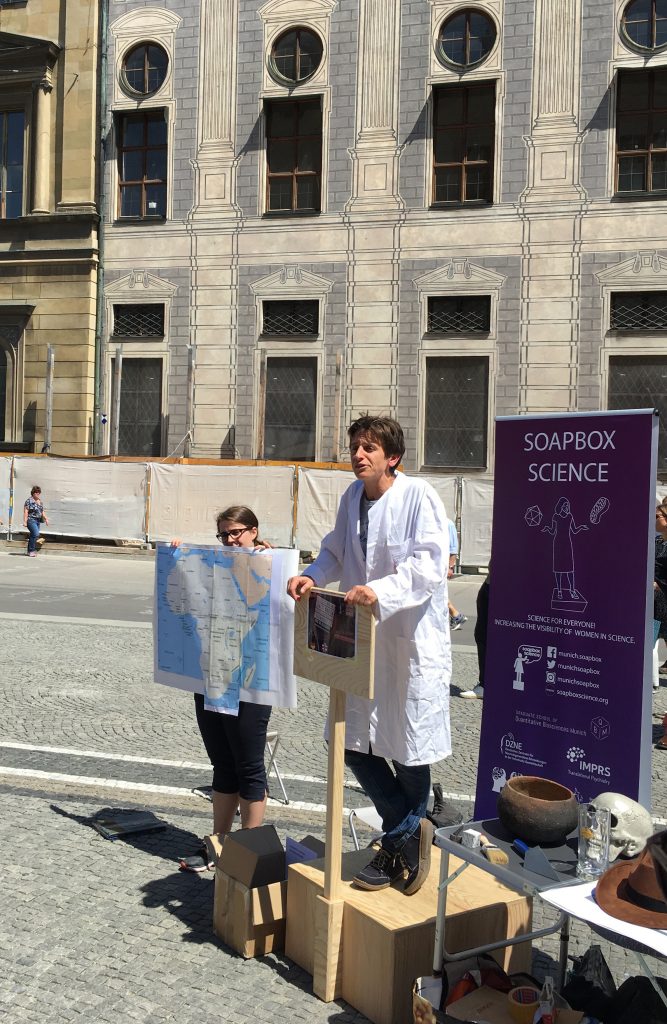Within the MUAFS concession, sites datable to the Meroitic Empire are rare and comprise primarily tombs and cemeteries. Settlement sites in the region between Attab and Ferka fall into other periods of Sudan’s history, including the Napatan Empire.
Towns and cities of the Kingdom of Meroe are well known from regions of the country further south – in particular within the island of Meroe, a semi-desert landscape between the Nile and Atbara rivers.
I am delighted that one of the major Meroitic sites, Mouweis, will be the focus of this week’s Sudan archaeology in Munich. Marie Millet from the Louvre Museum will present the recent French excavations at this important city with temples, a palace and production areas. Her research ties in perfectly with the archaeological project of my neighbours here in Munich, the Staatliches Museum für Ägyptische Kunst, and their excavations at the Meroitic site of Naga.
Come and join us on June 27 for Marie Millet’s lecture highlightening recent advances on the archaeology and history of Meroitic Sudan!
